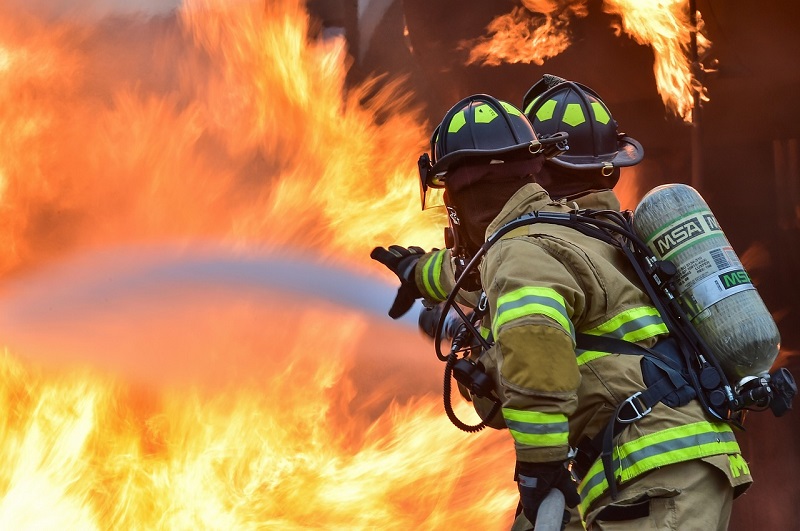Introduction
Building owners and occupants throughout Australia are required to comply with strict fire safety regulations applicable at national and local levels. Although these regulations contain punitive clauses, their aim is to reduce the risk of fire incidents in Australia. Here is some more information on this topic.
Importance of Fire Preparation
According to figures published in the World Fire Statistics Bulletin, fires cause about 100 fatalities and more than 3,000 injuries in Australia annually. In addition, the financial costs accruing from fires translate to 1.3% of the national GDP. This includes hospital, rebuilding, legal, and compensation expenses.
Property owners/occupants can lower these risks by developing and implementing fire prevention strategies based on guidelines applicable at national, state, or regional levels. In some areas such as protected public lands, strict fire restrictions remain in force throughout the year. Violators risk arrest, prosecution, and steep fines. These issues show the importance of fire preparation.
6 Fire Safety Tips
- Install fire alarms that comply with the applicable regulations. For example, the New South Wales (NSW) government requires rental, owner-occupied, and relocatable properties to be fitted with working smoke alarms. The rule of thumb is to install photoelectric fire alarms wired to your home’s 240v mains power supply.
- If you have children, keep them away from fire/heat sources including hotplates and ovens while cooking in the kitchen.
- Install suitable fire extinguishers at strategic locations such as the kitchen and corridors/doorways leading to exit points.
- At the same time, install anti-slip mats on surfaces where you could slip and fall inside the kitchen. A good example is in the area around the sink where you are likely to spill water while performing tasks like washing utensils.
- Develop a fire escape plan and make sure everyone knows what to do in the event of a fire incident. Remember an escape plan is only as good as the effort put into rehearsing drills.
- Finally, the Australasian Fire and Emergency Services Authority Council (AFAC) recommends testing your fire alarms at least once every month.
Fire Safety Equipment
Common fire safety equipment found inside Australian buildings include:
- Extinguishers (water, chemical, foam, dry chemical powder, wet chemical, carbon dioxide, and water-type)
- Fire blankets (must comply with Australian Standard AS3504)
- Fire hoses (must comply with Australian Standard AS1851)
- Safety signs
- Extinguisher and hose reel cabinets
Conclusion
All property owners and occupants should develop a fire safety plan that incorporates guidelines such as AS3504 and AS1851. Equipment that you can install to enhance fire safety include extinguishers, fire/smoke alarms, fire hoses, and fire blankets. For more information on fire safety, visit FCF Fire & Electrical Rockhampton today.

